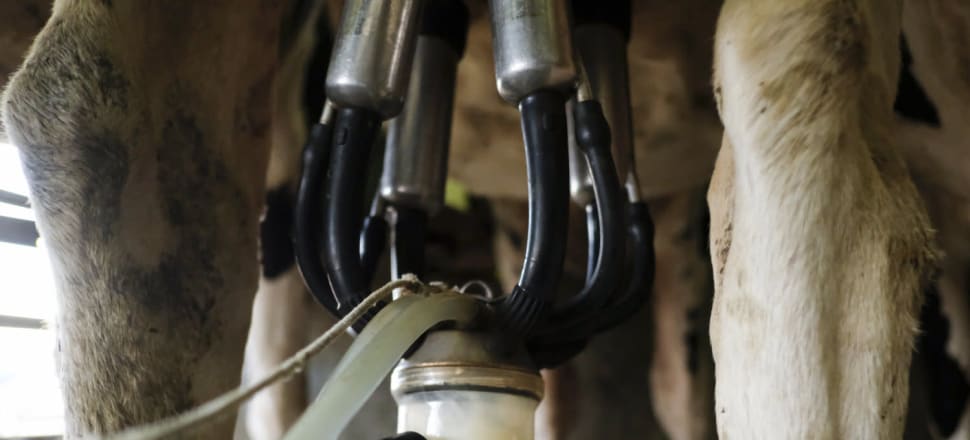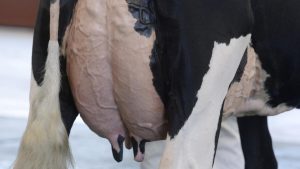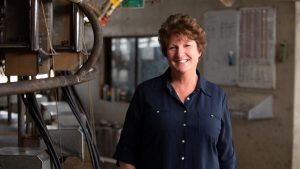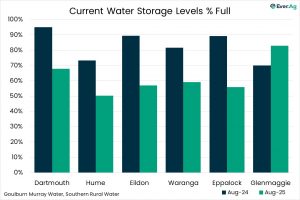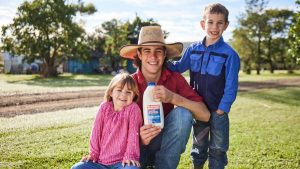
This will be the first annual increase in national milk production in three years — with Tasmania, Gippsland and South Australia leading the charge.
Increased milk supply in most regions is also supporting “cautious optimism” for improved farm profitability.
The report highlights significant changes in consumer purchasing habits resulting from COVID-19.
“Two very different stories are emerging for the current season,” said Dairy Australia senior industry analyst Sofia Omstedt.
“One tells the tale of consistently improving conditions at the farmgate and a positive flow-on impact on milk production. The other reflects depressed global economic growth, disrupted dairy demand and significant shifts in consumer purchasing habits from COVID-19.
“From a farmgate perspective several things are going well, as input costs ease, confidence rebounds, and milk production continues to grow. Whilst the story is far from finished, this year could finally provide the industry a much needed breathing window and farmers the time to build up equity again.
“Dairy demand within Australia has been affected by COVID-19, as consumer habits and purchasing behaviour have changed. With more people staying home than ever before, cooking and baking at home has experienced a renaissance and dairy products used in these recipes are the ones that have grown the fastest since the start of the pandemic.
“It’s likely some of these new habits will become permanent lifestyle changes. If realised, the industry’s ability to capitalise on new growth trends will be key to ensure strong ongoing demand for Australian dairy, as we settle into a new normal.”
While foodservice and route channel sales have declined due to reduced hospitality sector activity and travel, retail dairy sales have been fuelled by increased levels of home cooking and baking.
Supermarket sales of butter have surged 18.2 per cent, cheese by 6.4 per cent and plain Greek yoghurt by 7 per cent in volume in the past 12 months, with larger value packs preferred over single serve items.
By contrast route channel sales of flavoured milks in convenience and petrol stores fell 19 per cent.
In the northern hemisphere, supply growth has picked up as incentives curbing milk production have been phased out.
Milk supply in the US and New Zealand has exceeded expectations according to the report, with global production growth likely to weigh on commodity pricing unless resurgent demand can soak up additional milk.
The Situation and Outlook report also contains a study on the divergence of farmgate milk pricing around milkfat content and highlights the launch of the Dairy Australia Trade Agreement Comparison Guide 2020 with information on current trade agreements for dairy’s top 10 export markets.
